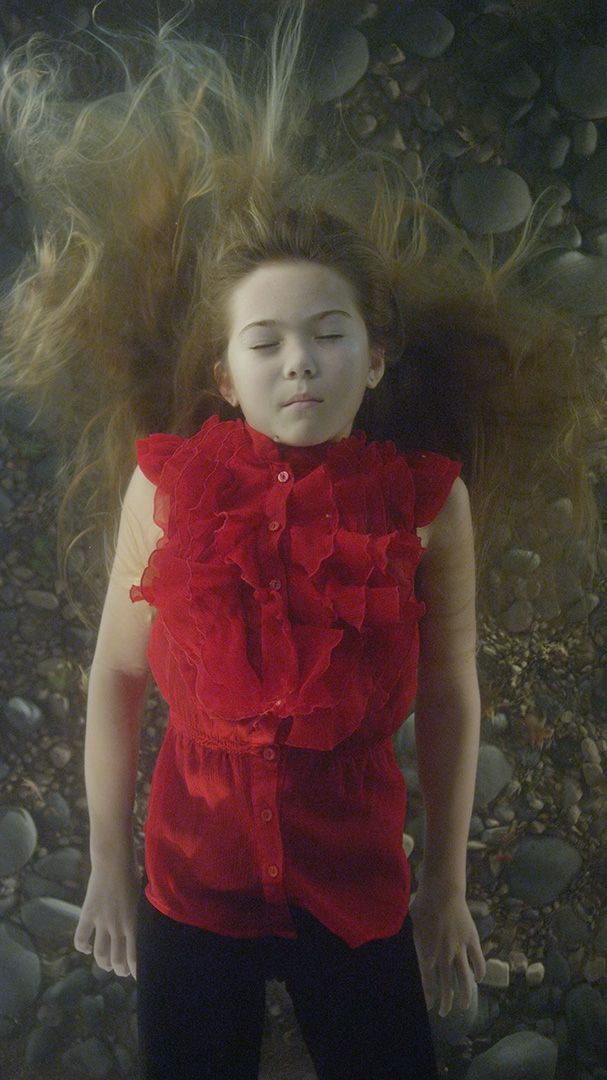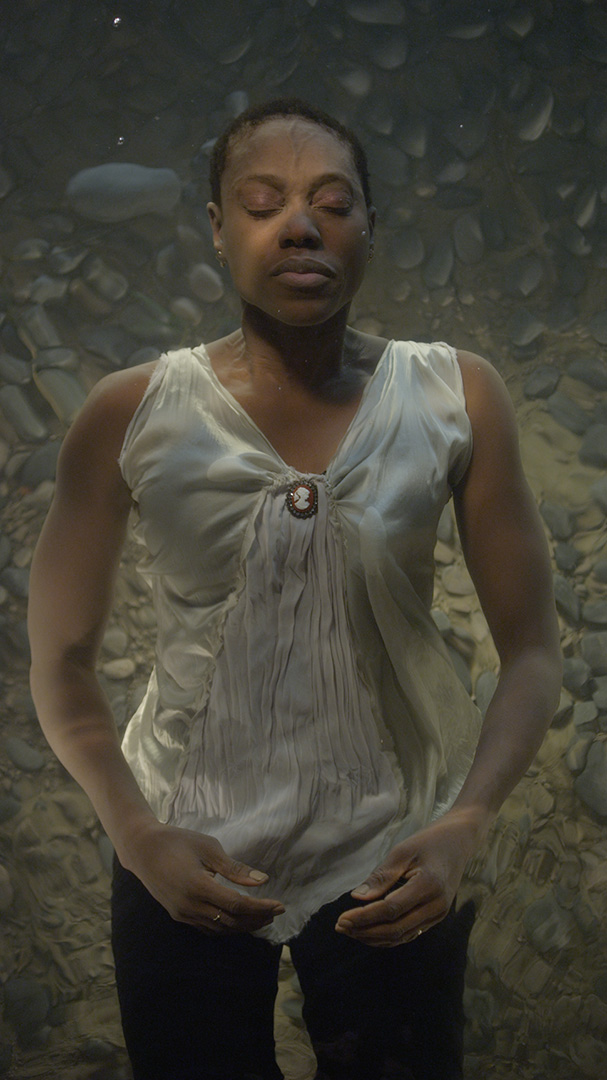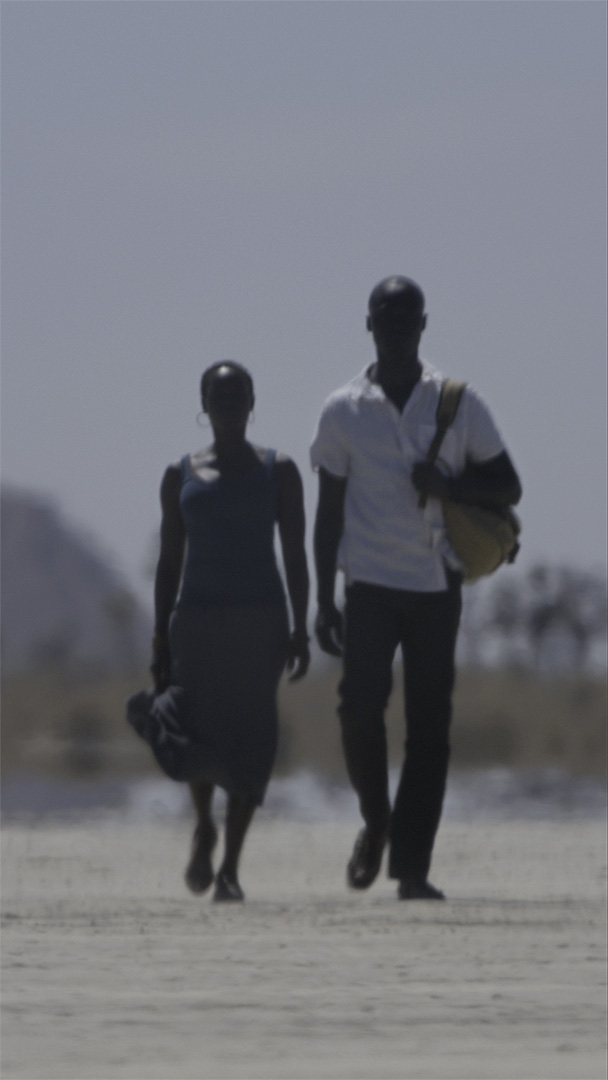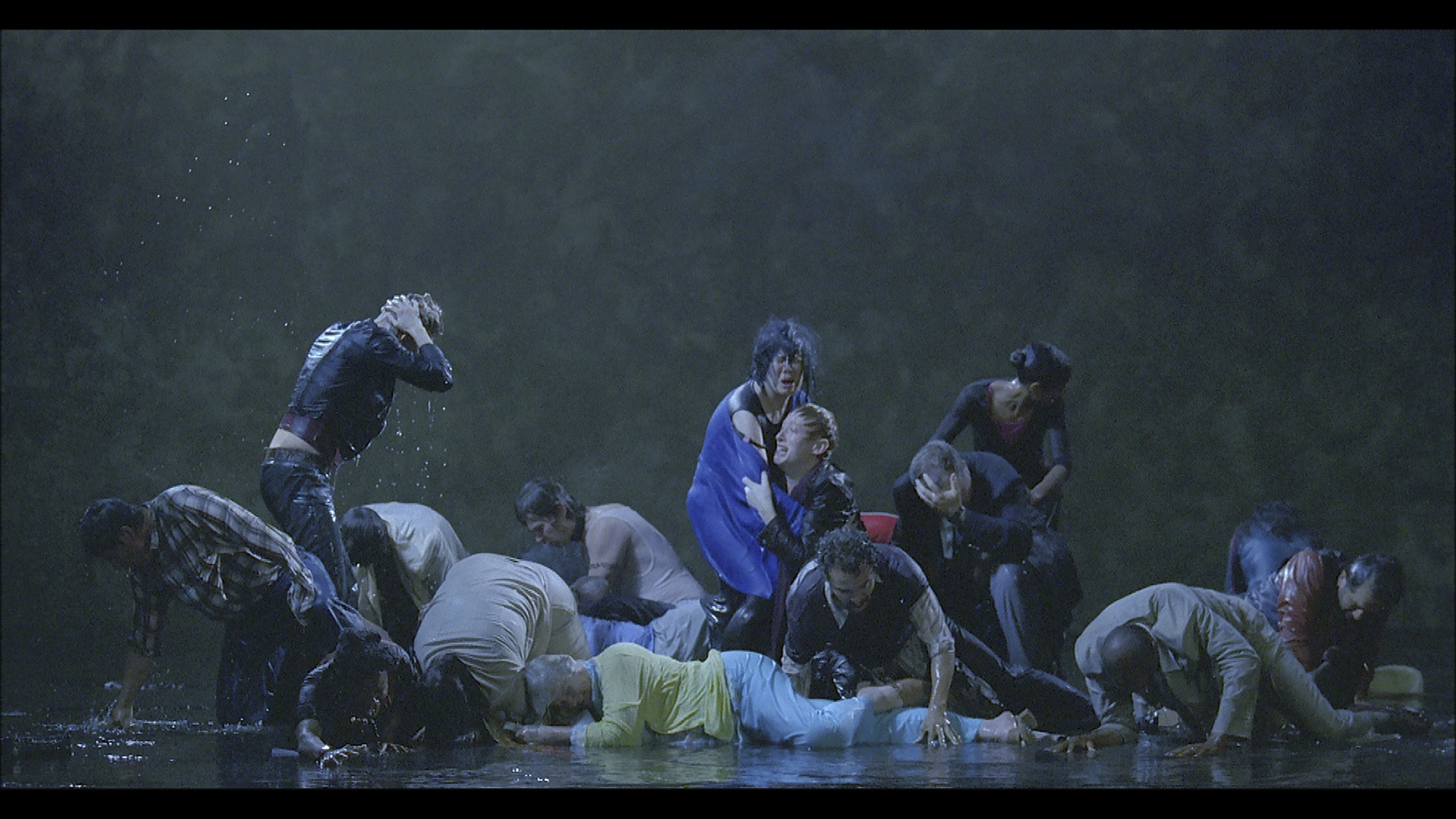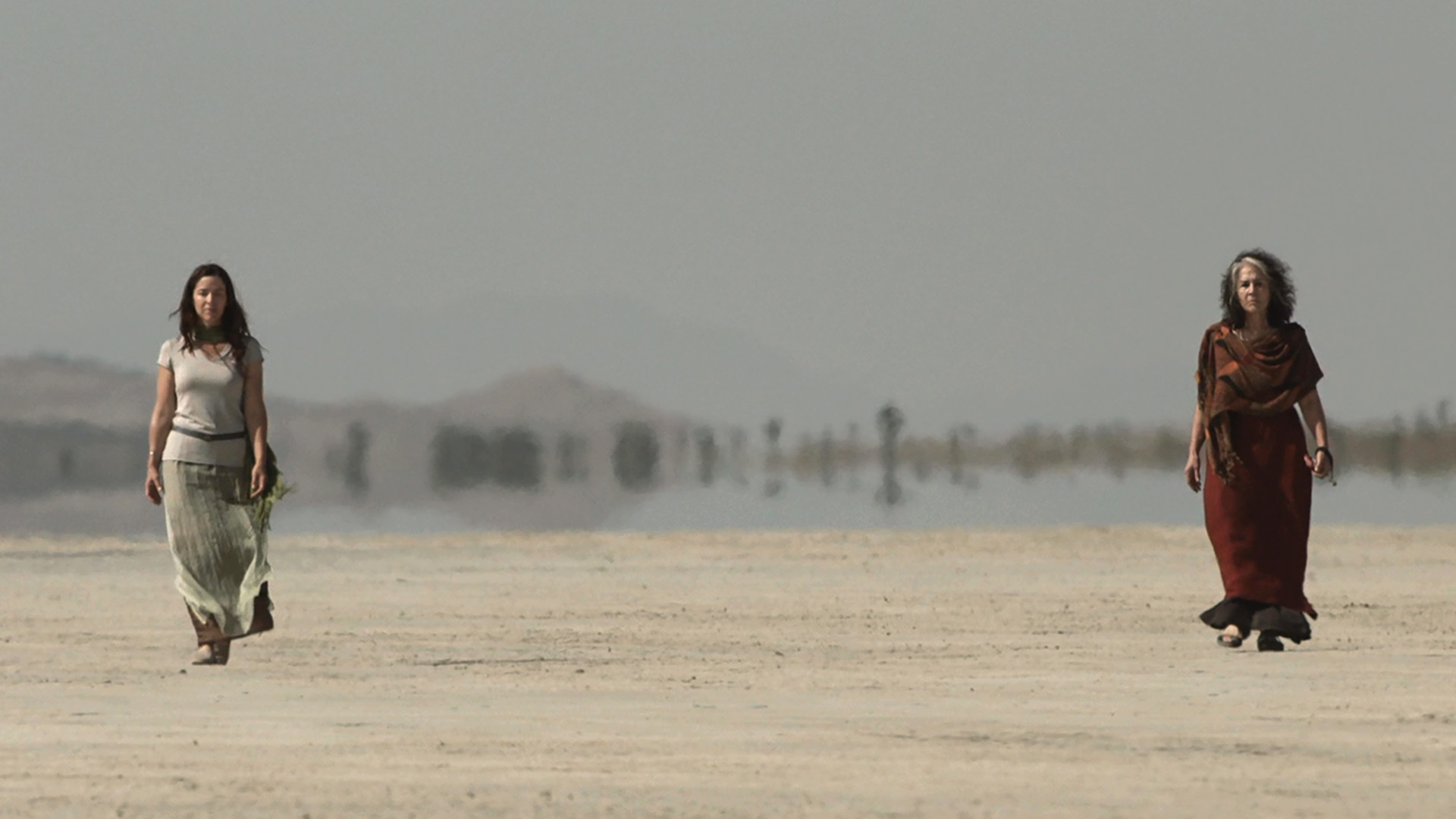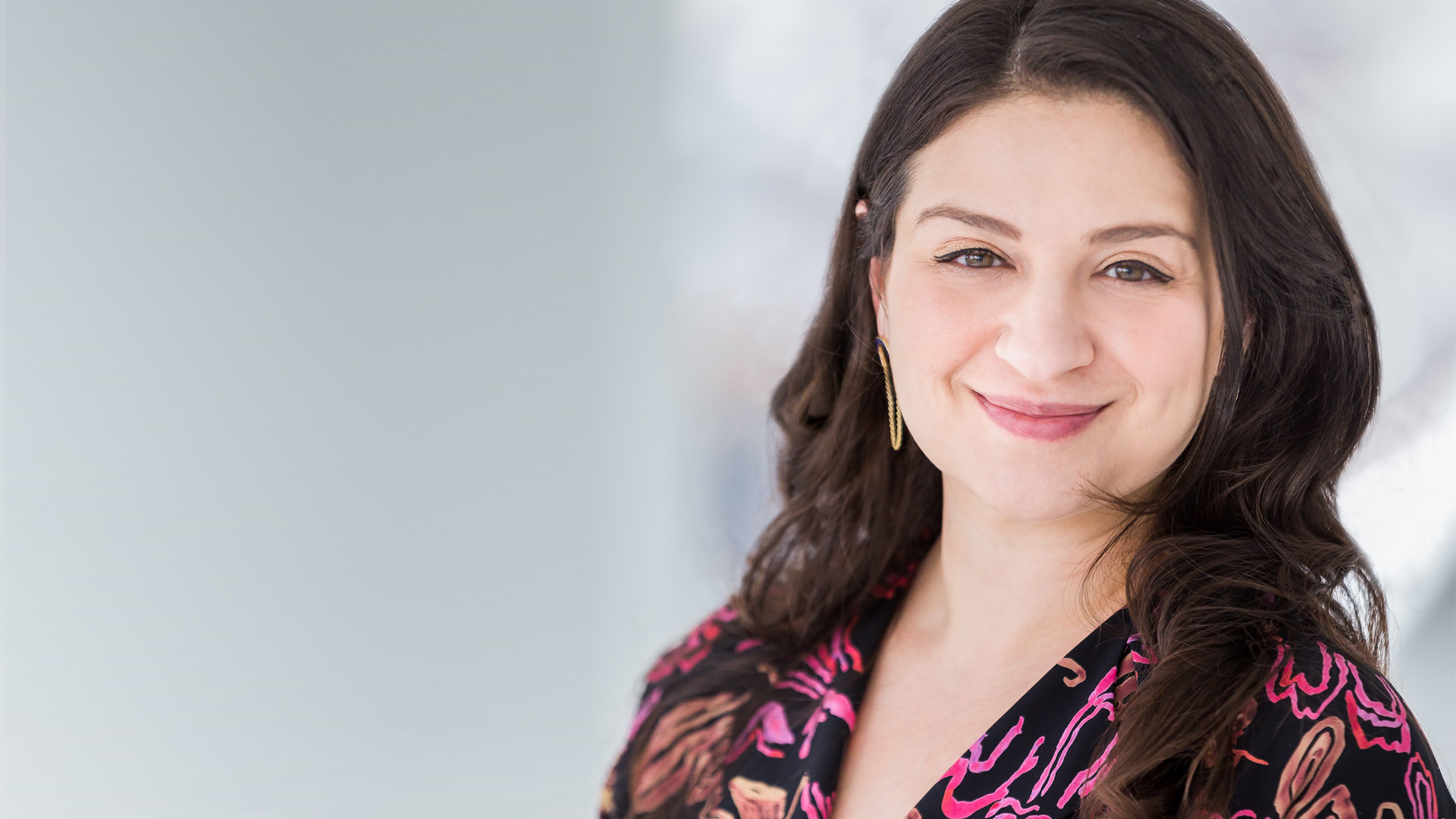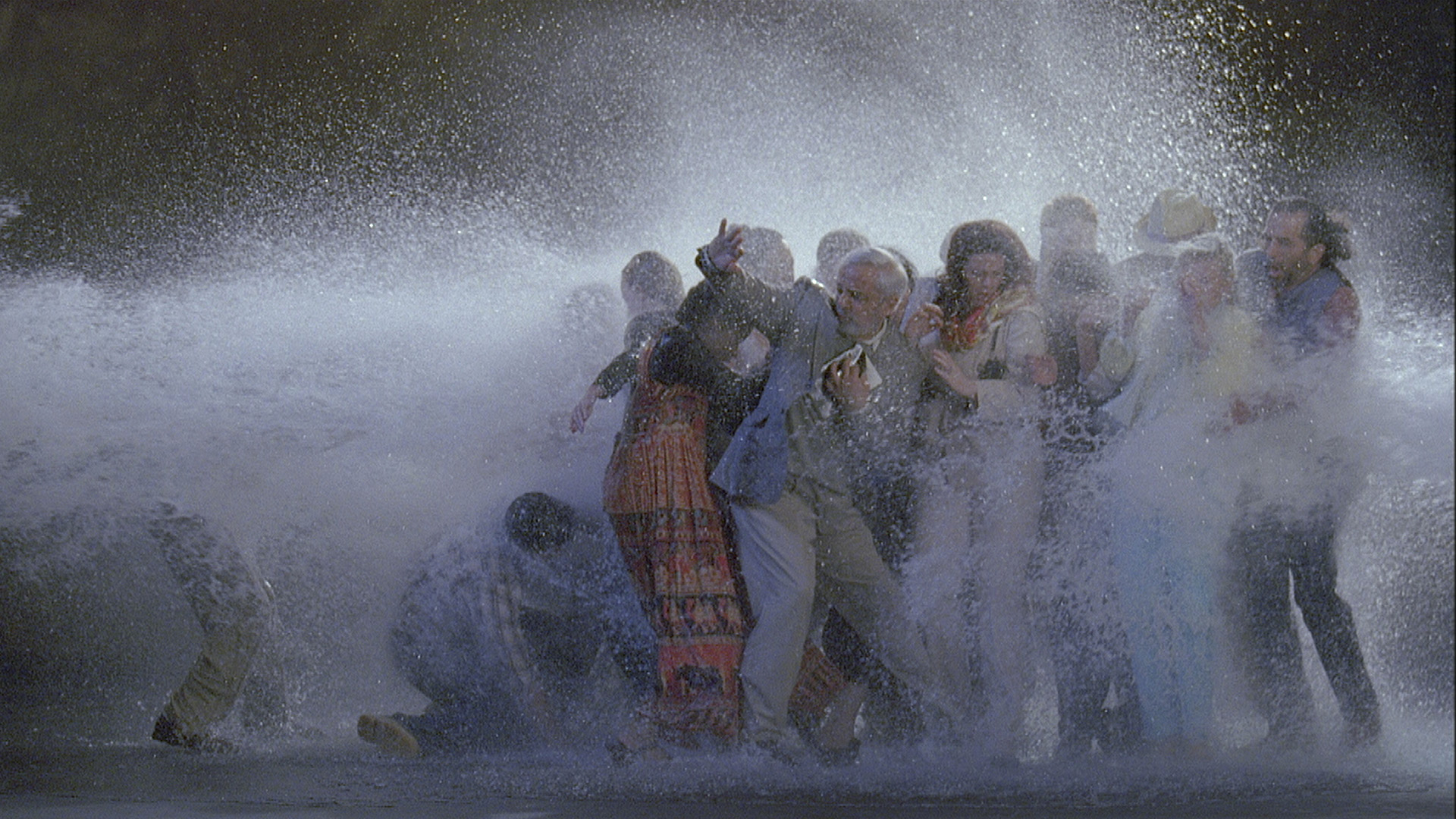Blog
Interview with Kira Perov from Bill Viola Studio
5 September 2019 Thu
From September 14, 2019 to September 13, 2020 Borusan Contemporary will be hosting Bill Viola’s first solo show in Istanbul.
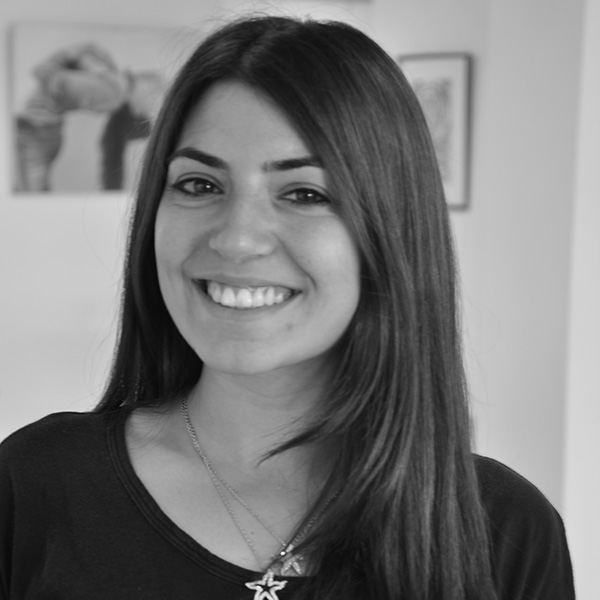
DENİZ CAN
denizdcan@me.com
Curated by Kathleen Forde, ten works from different periods of the prominent artist’s practice will be displayed. Regarding Bill Viola’s artistic practice, aside from him, perhaps Kira Perov is the closest person to provide an insight as to how he works, his motivations and his creative process. As Viola’s wife, creative guide and assistant in the production of his works and the executive director of Bill Viola Studio, Perov has also curated, organized and coordinated Viola’s exhibitions around the world.
Deniz Can: Can you tell us what to expect in this most recent exhibition of the artist, Bill Viola: Impermanence in Borusan Contemporary, Istanbul? What will we see and experience?
Kira Perov: The ten works assembled here at Borusan Contemporary are presented on various media. The visitor will experience large projections with sound, and more intimate pieces on small or medium sized flat panel screens in horizontal mode, vertical mode or displayed as a diptych, side by side. Only four works are silent, so the experience for the viewer will be immersive. They will see people in various situations and emotions, people in suspension under water, or traveling long distances in the desert, or battling with an unseen foe, or sharing a common sorrow, or transitioning between life and death.
DC: Together with Viola, you have organized so many exhibitions all around the world. There are of course recurrent themes and elements in these exhibitions and his works such as the universal human experiences—birth, death, the unfolding of consciousness. Are there any such connections in this exhibition with his previous exhibitions?
KP: Bill’s entire body of work references the human condition, often examining our complex relationship with nature. So every exhibition contains material for reflection. We say that these moving image works, and especially when they are moving slowly, give the viewer the gift of time, time to observe simple objects, or slowly evolving events, or ideas unfolding, or realizations that become understanding.
DC: In the past, you have shown works in churches and cathedrals along with contemporary art spaces. Do varying locations, contribute to the perception of the works?
KP: Every exhibition that is organized first requires the study of the architecture of the spaces, and is also created with each situation in mind. So each show is unique to that institution. It is then that the works can respond to the spaces, and the spaces are changed when the works are installed. A certain resonance is felt, and then you know that the installation has been successful. Here in Istanbul you have the additional incredible history of the city that brings to bear on everything that happens here.
DC: His investigations on the mysteries of the human condition have been conducted for over 40 years. During the course of these forty years what kind of effects did the technological advancements had on the creation of the works?
KP: Bill says that he had a television childhood. He was growing up when the moving image was being broadcast directly into each home. What a powerful tool! If only artists could use it too. They did, and for a time there were television programs (in the later hours, of course) that would feature the work of artists, who ended up making huge contributions to the development of the video medium because they had access to high-end equipment. Now, of course, the use of the moving image is easy and ubiquitous. Every new invention in video technology, whether it was in recording and playback, or in presentation (projections and flat screens) became a new tool in Bill’s palette, and the work followed this development. But sometimes we had to wait for the technology to catch up to Bill’s ideas. In this exhibition the works are dated from 1979 to 2015 so the viewer will see the differences in the quality and presentation of the pieces.
DC: Would you say that there is a correlation between the fluidity of water and fluidity of time in video that makes this medium immediately more suitable than say, drawing?
KP: The moving image (video) is powered by electricity, and so is our brain, and we often use the same words as we use for water to describe them: flow, fluid, current. However, we can use those same words to describe a drawing: the fluid line, how the line flows, etc. It really is a matter of how you perceive the information that a work of art is presenting. You can stand in front of a drawing (say, a Leonardo, or Michelangelo) and look at it for a long time, and you will continue to be amazed at the “narrative” that unfolds.
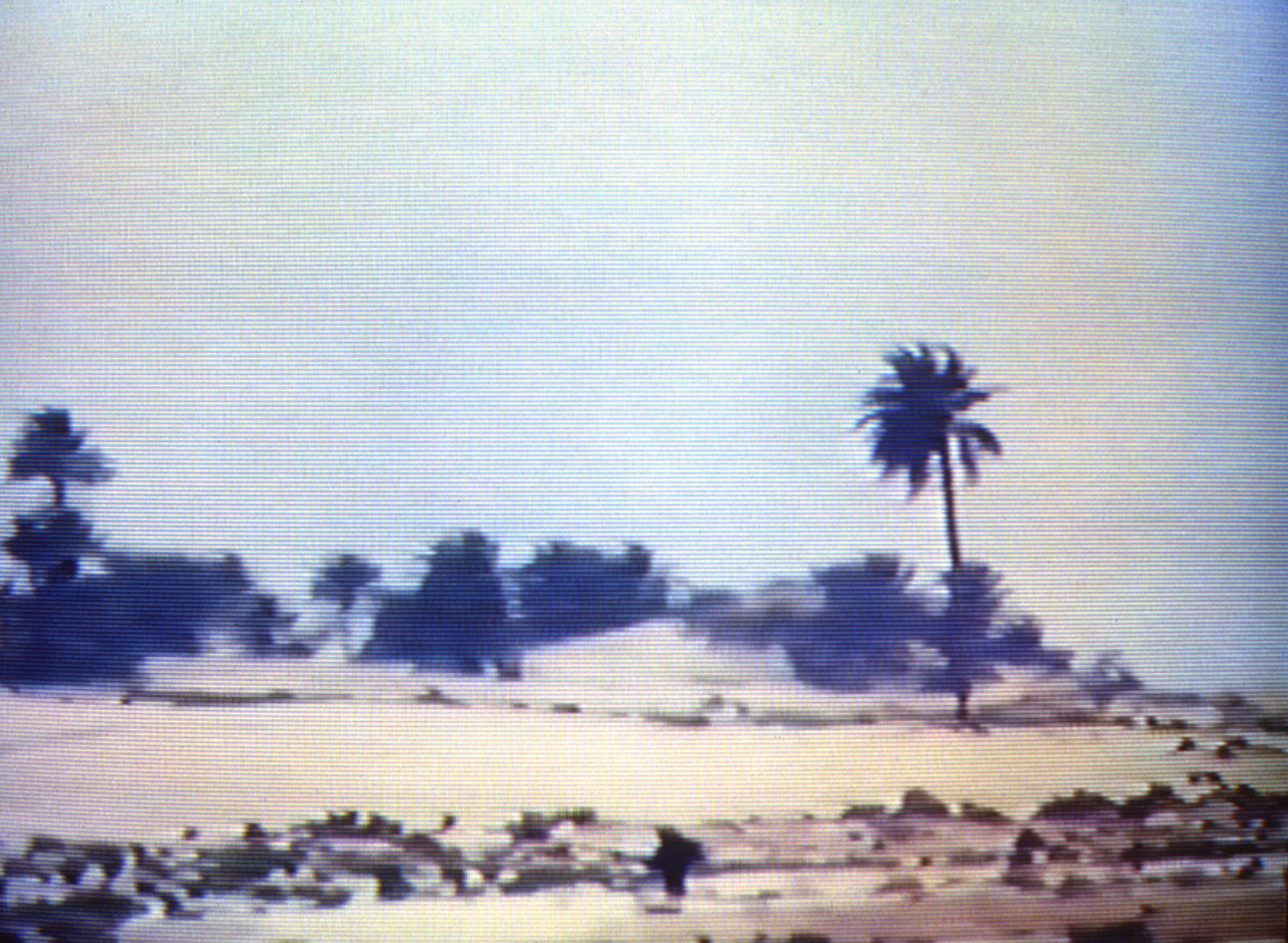
Bill Viola, Chott el-Djerid (A Portrait in Light and Heat), 1979.
© Courtesy of Bill Viola Studio.
DC: In a previous interview, Viola has stated that until he was reminded about his childhood at the age of 30, he had forgotten about an experience where he had almost drowned when he was six. Especially in the Western societies we tend to avoid the idea of death up until the point where we have to face it. How do his works deal with this subject?
KP: In this experience as a young child, Bill was not thinking of death, he had no notion of what it was at that age. He only recalls that he was fascinated by the beautiful world under the water. He did not set out to consciously work with water but this medium became one of his materia prima. It is a powerful element of the natural world that can represent not only death and drowning, but purification, cleansing, baptism, rejuvenation, and transformation and even transfiguration. In the Borusan Contemporary exhibition here there are six works in which water is used, differently each time.
DC: In Bill Viola’s works he takes the audience on a journey to ‘invisible worlds’ from under the water, to the surface or through tiny drops where the mankind is usually the object. What’s the significance of these shifting realities we see in his works?
KP: He believes in the continuation of life, whatever form that might take. Water is an element that is critical for life. And of course water can also be a metaphor for the “space” between life and death. Bill likes to quote Ibn al’ Arabi (1165–1240) who said: “The Self is an ocean without a shore. Gazing upon it has no beginning or end, in this world and the next.”
DC: How does his spirituality and mysticism come up in some of the works that will be exhibited in Istanbul? How do you think the Turkish audience will relate to these works?
KP: Because of its long history, and its many religious institutions and traditions, Istanbul is filled with spirituality and mysticism. There are also references to deserts in Bill’s work, where the seekers of knowledge have often gone for guidance just as Mevlani Sufis and Dervishes travelled long distances for the same purpose. But the works themselves depict simple actions and are not created to reflect any religion, and since they have no spoken language they are accessible to everyone.
DC: Within the Borusan Contemporary Art Collection, in most works nature is a predominant element which can be interpreted in various ways. How does nature appear in Bill Viola’s works?
KP: Bill has had many styles of working. Early on he created experiments with his own body and what was around him, to learn the limits of the video technology at that time. They were controlled works that often were staged. When I arrived in New York from Australia in 1978, his methods were changing and we transitioned from a staged recording of actions to the collection of images, all in nature, where there was much less control, to the delight of Bill. Something always unexpected happens in nature that usually is a welcome addition during the recording. So we have made works in various parts of the world and in various natural situations. Near Seattle we stayed on Mount Rainier for a week to record the changes of time of day and the weather; in Canada we recorded a raging waterfall in spring thaw, in Saskatchewan we shot the prairies in a winter snow storm, and in Tunisia we recorded with telephoto lenses what the eye cannot see, distant mirages on a dry salt lake and scenes in the deserts, for Chott el-Djerid (A Portrait in Light and Heat).
Bill Viola
Bill Viola was born in New York in 1951 and graduated from Syracuse University in 1973. A seminal figure in the field of video art, he has been creating installations, films, sound environments, flat panel video pieces and works for concerts, opera and sacred spaces for over four decades. Viola represented the US at the Venice Biennale in 1995. Other key solo exhibitions include: Bill Viola: A 25-Year Survey, The Whitney Museum of American Art (1997); The Passions, J. Paul Getty Museum (2003); Bill Viola – Visions, ARoS, Aarhus (2005); Hatsu-Yume (First Dream), Mori Art Museum, Tokyo (2006); Bill Viola, visioni interiori, Palazzo delle Esposizioni (2008); Bill Viola, Grand Palais, Paris (2014); Bill Viola. Electronic Renaissance, Palazzo Strozzi, Florence; Bill Viola. Installations, Deichtorhallen, Hamburg; Bill Viola. Retrospective, Guggenheim Bilbao; and Bill Viola: Selected Work 1977-2014, Redtory Museum of Contemporary Art, Guangzhou, China (all 2017) ); Bill Viola: Visions of Time, SESC (Social Service of Commerce), São Paulo, Brazil (2018); and Bill Viola / Michelangelo: Life, Death, Rebirth at the Royal Academy of Arts, London (2019).
In 2004, Viola created a four-hour long video for Peter Sellars’ production of Wagner’s Tristan und Isolde that has had many performances in the US, Canada, Europe and Japan. Viola has received numerous awards including XXI Catalonia International Prize (2009), the Praemium Imperiale from the Japan Art Association (2011), and was elected as an Honorary member to the Royal Academy, London in 2017.
Kira Perov
Kira Perov is Executive Director of Bill Viola Studio. She has worked closely with Bill Viola since 1979, managing, creatively guiding and assisting with the production of his video works and installations. She edits all Bill Viola publications and organizes and coordinates exhibitions of the work worldwide. Kira Perov earned her BA (Honors) in languages and literature from Melbourne University, Australia in 1973.
ABOUT THE WRITER
Deniz Can joined the creative industries in 2011 in Izmir as the program director of KKSM. She realized the first Art Route events in which exhibitions on a monthly-created road map are discussed during visits with the support of local administrations, cultural institutions, and universities. The event series planted the seeds for the experiential art initiative that she co-founded. Can, who continues her works focused on arts and visitor experience in Istanbul, Izmir and abroad, moved to Istanbul to continue her institutional curatorial practice as an independent curator. She carries forward her academic writing skills professionally following the education she received in American Collegiate Institute, Economy Department in Koç University and Masters in Cultural Management at Istanbul Bilgi University
